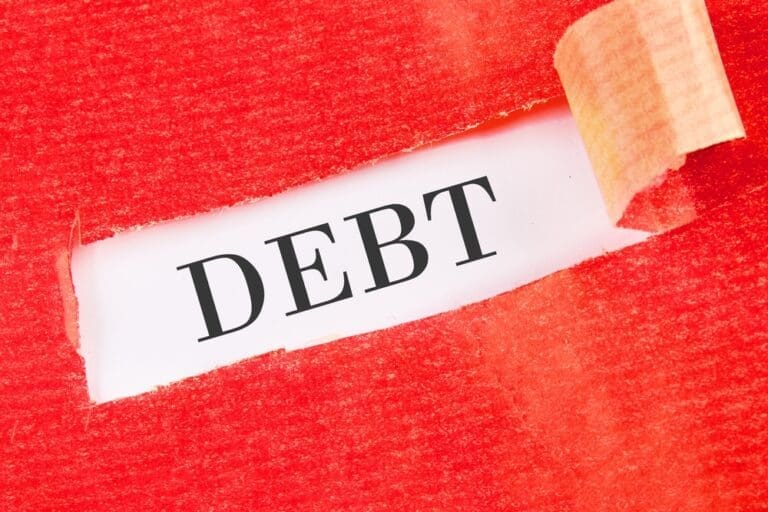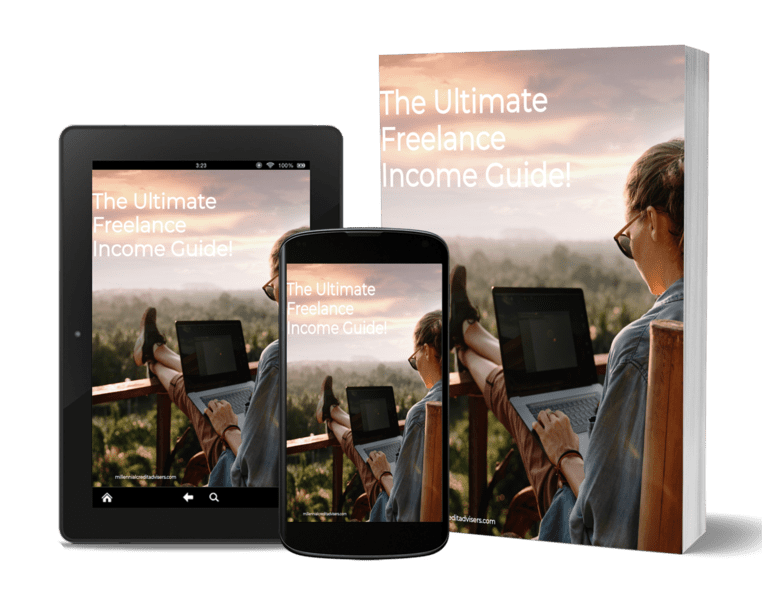Break Free from Debt: Effective Ways to Achieve Financial Independence. Find Out More In Our Latest Article!
THIS ARTICLE MAY CONTAIN AFFILIATE LINKS, MEANING I GET A COMMISSION IF YOU DECIDE TO MAKE A PURCHASE THROUGH MY LINKS AT NO COST TO YOU. PLEASE READ MY AFFILIATE DISCLOSURE FOR MORE INFO.
Don’t Have Time To Read The Full Article. Here’s What You Are Missing.
- Understanding Debt
- Types of Debt
- The Psychology of Debt
- How Debt Accumulates
- Assessing Your Financial Situation
- Creating a Detailed Budget
- Determining Your Total Debt
- Prioritizing Your Debts
- Strategies for Debt Reduction
- The Snowball Method
- The Avalanche Method
- The Meltdown Method
- The Debt Meltdown In Action:
- Consolidation and Refinancing
- Negotiating with Creditors
- Effective Communication Tips
- Knowing Your Rights
- Debt Settlement Strategies
- Budgeting for Success
- Cutting Expenses
- Increasing Income
- Sticking to Your Financial Plan
- Building an Emergency Fund
- The Importance of Emergency Savings
- How Much to Save
- Strategies for Building Savings Quickly
- Maintaining Financial Health
- Using Credit Wisely
- Monitoring Your Credit Score
- Adopting Healthy Financial Habits
- Long-Term Financial Planning
- Setting Financial Goals
- Investing in Your Future
- Retirement Planning
- Rebuilding Your Credit After Debt
- Frequently Asked Questions
Debt can feel like an overwhelming mountain to climb, but there are proven strategies to help you break free and regain financial control. Choosing the right approach, such as the snowball, avalanche or meltdown method, can significantly affect how quickly you pay off your debt.
These methods provide clear steps and psychological boosts that keep you motivated along the journey.
You can optimize your repayment process by assessing your financial situation and prioritizing debt with the highest interest rates.
Connecting with credit card companies to renegotiate terms can open new pathways to easier debt management.
We’re glad to share strategies to help transform financial health, offering practical, step-by-step methods for anyone looking to break free from the cycle of debt.
Understanding Debt
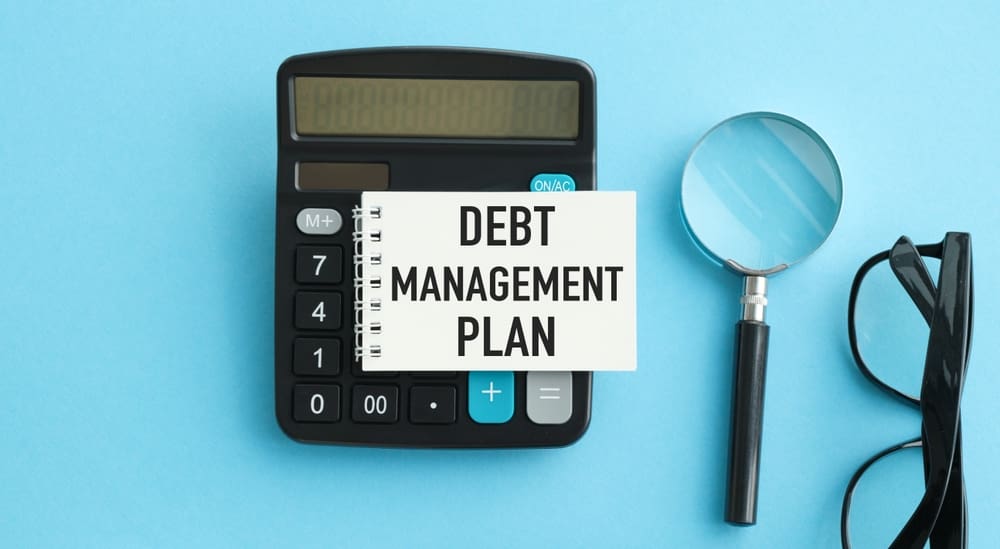
Debt can take many forms, each with its own implications and challenges. Understanding the psychology behind debt and the mechanisms by which it accumulates is vital.
Types of Debt
Individuals may encounter several types of debt.
Secured debt is backed by collateral, like a house or car. Examples include mortgages and auto loans. If you don’t pay, the lender can seize the collateral.
Unsecured debt is not backed by collateral. Credit cards and personal loans fall into this category. These often have higher interest rates because they pose a greater risk to lenders.
Revolving debt is an open line of credit, such as a credit card, that you can borrow from repeatedly. Installment debt, on the other hand,involves fixed payments over a period, such as student loans or mortgages.
The Psychology of Debt
Debt can significantly impact mental well-being. It creates stress and anxiety, which can lead to physical symptoms like insomnia or headaches. The pressure to pay off debts can also affect relationships, causing tension between partners or family members.
Understanding why we accumulate debt is critical to managing it. Some individuals spend to cope with emotions like sadness or stress. Others may lack financial literacy, leading to poor choices. Identifying these psychological patterns helps in creating better financial habits.
How Debt Accumulates
Debt typically starts small and grows due to interest and fees. For example, if you only make minimum payments on a credit card, interest accrues on the remaining balance, making it hard to pay off the principal amount.
Missed payments can lead to penalties and increased interest rates, accelerating debt accumulation. Using multiple credit lines can also make falling into a debt spiral easier. Monitoring spending and creating a budget can help control this.
Understanding these mechanisms is crucial for managing debt effectively. By knowing how debt accumulates, you can take proactive measures to avoid falling deeper into debt.
Assessing Your Financial Situation

Knowing where you stand financially is crucial to breaking free from debt. This means creating a clear and detailed budget, determining your total debt, and prioritizing which debts to tackle first.
Creating a Detailed Budget
A detailed budget is the foundation of effective financial management. You can start by listing all your income sources and monthly expenses. Include everything from rent and utilities to groceries and entertainment.
Then, separate your needs and wants. Needs are essential expenses like rent and groceries, while wants are non-essential, like dining out. Carefully track your spending habits to identify areas where you can cut back.
Also set realistic spending limits and make adjustments as necessary. This practice helps you see where your money is going and find ways to allocate more funds toward debt repayment.
Determining Your Total Debt
To tackle your debt effectively, You first need to know exactly how much you owe. Gather all your loan, bank and credit card statements to list each debt, including the amount owed, interest rates, and due dates.
I also make a table to organize this information:
| Debt Type | Amount Owed | Interest Rate | Minimum Payment |
| Credit Card 1 | $2,500 | 18% | $50 |
| Student Loan | $15,000 | 6% | $150 |
| Car Loan | $8,000 | 4% | $200 |
This gives you a clear picture of your financial obligations. Seeing all your debts in one place helps you understand the full scope of what you’re dealing with and make more informed financial decisions.
Prioritizing Your Debts
With the snowball method, Focus on paying off the smallest debt first while making minimum payments on others. This builds momentum and motivation as you eliminate smaller debts quickly.
The avalanche method requires you to tackle the debt with the highest interest rate first. Reducing the amount of interest paid over time can save more money in the long run.
The meltdown method requires you to tackle the debt with the highest interest rate, make half of the monthly principal and a additional interest payment. Reducing the amount of interest and principal paid over time can save you significantly more money in the long run.
Choosing the right method depends on your personal preferences and financial situation. By prioritizing your debts wisely, you can make steady progress toward financial freedom.
Strategies for Debt Reduction
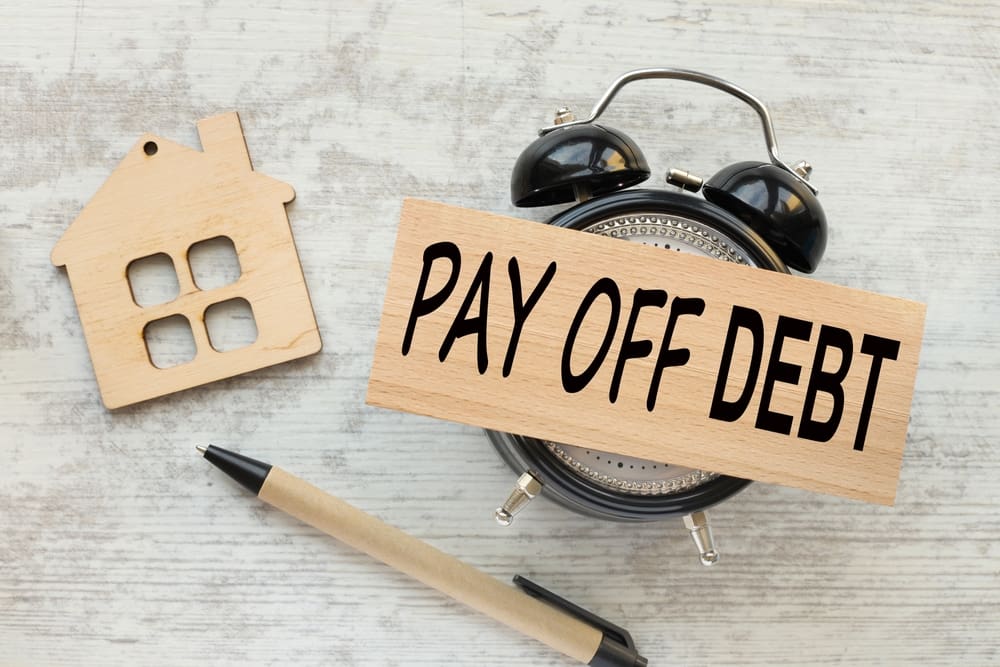
Reducing debt involves choosing a method that fits your financial situation. Here are some of the most effective strategies we’ve briefly discussed and more. They include the Snowball Method, Avalanche Method, the Meltdown Method and more to consider, Consolidation and Refinancing.
The Snowball Method
Start with the smallest debts first, paying them off completely before moving on to the next smallest. This method helps build momentum and motivation. For example, if you owe $500 on one credit card and $1,500 on another, focus on the $500 debt first.
After paying off the smallest debt, use the money that you were paying on that debt to tackle the next smallest. This creates a sense of accomplishment and keeps you motivated. Small victories can lead to a positive mindset, making this method effective for many individuals.
The Avalanche Method
In the Avalanche Method, focus on debts with the highest interest rates first. This helps reduce the amount of money paid in interest over time. For instance, if you have a credit card with a 20% interest rate and a loan with a 10% interest rate, prioritize the credit card.
By targeting high-interest debts, you save money in the long run. This method may not offer the same immediate psychological rewards as the Snowball Method, but it’s efficient for minimizing interest payments. It requires discipline since high-interest debts might also be the largest ones.
The Meltdown Method
The debt meltdown method is a powerful strategy for rapidly paying off debt. It combines three practical principles with the snowball and avalanche methods: Start with your lowest Interest rate debt. Use this strategy for momentum! After your lowest-interest-rate debt is Paid In Full, start with your highest-interest-rate debt, using the rollover from paying off low-interest debt.
If you’re ambitious, reverse your payment strategy. Start with your highest interest-rate debt first and watch how easily your debt melts away.
The Debt Meltdown In Action:
Paying The Minimum Payment + Paying Half Of The Minimum Payment + Making An Interest Payment Each Month = Rapidly Reduces Debt.
Once all debt is paid in full, buy something for a great accomplishment; then, invest in yourself and learn more about debt.
By diligently adhering to the Debt Meltdown method and consistently applying all three principles, individuals can significantly reduce the time it takes to become debt-free, save a substantial amount on interest, reduce the principal, and ultimately achieve financial liberation.
Consolidation and Refinancing
Consolidation involves combining several debts into one loan with a lower interest rate. This simplifies payments and can make managing debt easier. Refinancing replaces an existing debt with a new one at a lower interest rate or better terms. Both options aim to reduce the overall amount of interest paid.
For example, if you have multiple credit card debts, you might take out a personal loan to pay them off, resulting in one monthly payment. Refinancing can also help with student loans or mortgages. These strategies require careful planning to ensure I don’t end up deeper in debt.
Negotiating with Creditors

Getting out of debt involves effective communication, understanding your rights as a debtor, and using smart settlement strategies. These elements can make the process smoother and more successful.
Effective Communication Tips
When talking to creditors, clear and respectful communication is essential. start by preparing all necessary documents, such as account statements and any previous correspondence. This helps you present your situation accurately and confidently.
Being polite and honest is crucial. If you can’t make a payment, you should explain why and provide an alternative plan. Offering realistic options shows you’re serious about paying off the debt. Avoiding emotional language and staying professional can make a significant difference in how creditors respond.
Knowing Your Rights
Understanding your rights as a debtor empowers you during negotiations. Creditors must follow laws that protect me from unfair practices. The Fair Debt Collection Practices Act (FDCPA) restricts how and when creditors can contact you.
For example, they can’t call at unreasonable hours or use threats. Knowing these rules allows you to identify and report harassment or inappropriate behavior. Each state might have additional protections, so check local regulations as well.
Debt Settlement Strategies
Negotiating debt settlements can reduce the amount owed. One effective approach is starting with a low offer and gradually increasing it. If you aim to pay 50%, you might begin by offering 30% of the total debt.
DYI debt settlement strategies can also be effective. This involves contacting and talikng to creditors yourself. Another option is asking for a lower interest rate or seeking a payment deferment. Lastly, consolidating debts into one loan with a lower interest rate might make payments more manageable.
Budgeting for Success

Creating a budget is crucial for managing debt. To be successful, you need to focus on cutting unnecessary expenses, finding ways to increase your income, and sticking consistently to your financial plan.
Cutting Expenses
Cutting expenses starts with identifying what you can eliminate or reduce. You should track your spending for a 90 days, to give you a wider view of where your money is going. Then, you can categorize your expenses into “needs” and “wants.” Essential costs like rent, groceries, and utilities are necessities. Subscriptions, dining out, and entertainment are wants.
You can create a plan to reduce or eliminate the wants. For example, you might cancel some subscriptions or eat out less frequently. Does Meal Prepping Save Money – Unlocking Financial Benefits in the Kitchen.
It’s also helpful to look for cheaper alternatives for necessities, such as switching to a more affordable phone plan or buying generic brands instead of name brands.
By focusing on cutting expenses, you can free up money to pay off your debt more quickly.
Increasing Income
In addition to cutting expenses, increasing your income can help you tackle debt faster. One way to do this is by asking for a raise at your current job. You could also use any additional yearly bonuses or incentive payments. If that’s not possible, you could look for a higher-paying job.
You could also consider taking on a side hustle or part-time job. Online gig work, freelancing, virtual assistant, or selling unused items can provide extra cash. Use skills and hobbies to generate income, like tutoring, consulting, crafting, or graphic designing.
Every extra dollar you earn can go toward your debt, making a significant difference in the long run.
Sticking to Your Financial Plan
Once you have a budget and increased your income, the biggest challenge is sticking to your financial plan. Consistency is key. You need to set clear, achievable goals and regularly review your progress.
Using budgeting tools or apps can help you track spending and stay accountable. You should also set up automatic payments for bills to avoid late fees and automate savings to stay on track with your goals.
By making budgeting a habit, you can gradually improve your financial health and work toward a debt-free life.
Building an Emergency Fund

It’s crucial to build an emergency fund to handle unexpected expenses and avoid falling back into debt.
Let me explain why this is important, how much you should aim to save, and strategies to build your savings quickly.
The Importance of Emergency Savings
An emergency fund acts as a financial safety net. It helps you handle unexpected expenses like medical bills, car repairs, or job loss without going into debt. By having this fund, you can avoid relying on credit cards or loans, which often come with high-interest rates.
Emergency savings also provide peace of mind. Knowing that you have money set aside for emergencies can reduce stress and help you focus on other financial goals. It’s like having a personal financial cushion that you can fall back on during tough times.
How Much to Save
The amount to save depends on your monthly expenses and circumstances. Experts recommend saving enough to cover three to six months’ worth of living expenses. This range gives a good balance between being prepared and not tying up too much cash.
For someone with steady income and low expenses, three months may be sufficient. However, those with variable income or higher financial responsibilities might need closer to six months.
To figure out your target, you should add up all your essential monthly expenses, such as rent, groceries, utilities, and transportation, then multiply by the number of months you aim to cover.
Strategies for Building Savings Quickly
To build your emergency fund quickly, you can start by setting a clear goal. Knowing the exact amount you need makes it easier to track progress and stay motivated. You can also automate your savings by setting up automatic transfers from your checking to your savings account.
Cutting non-essential expenses can free up extra cash. You can review your budget and eliminate or reduce spending on things like dining out, subscriptions, or entertainment.
Another tactic is to earn extra income. This could be through a side job, freelance work, or selling items you no longer need. Every little bit helps when building an emergency fund. By combining these strategies, you can build your emergency fund faster and achieve financial stability.
Maintaining Financial Health
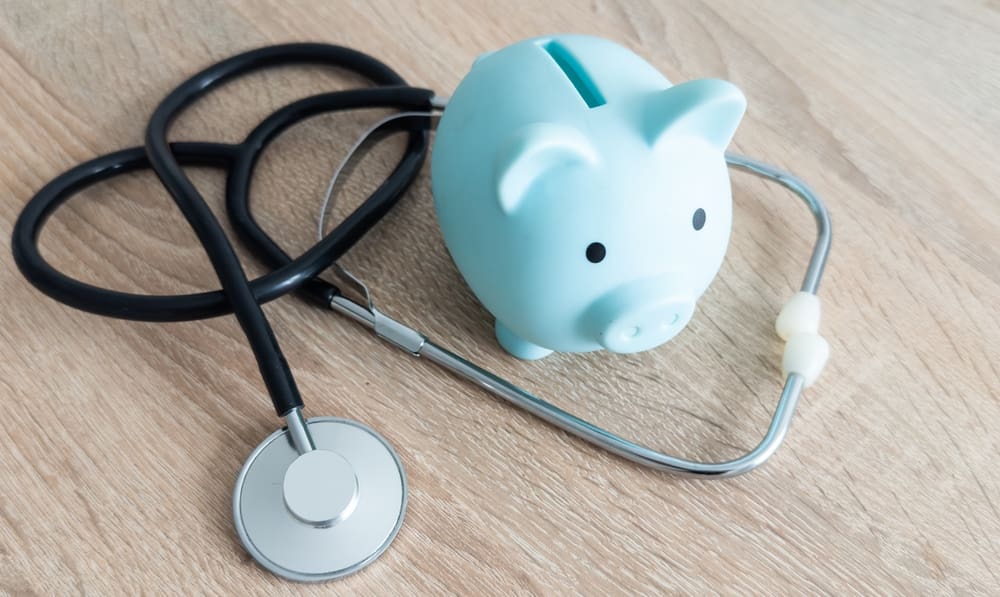
Maintaining financial health also involves making smart choices with credit, keeping an eye on your credit reports and credit scores, and building good financial habits. These practices can help you stay out of debt and ensure long-term stability.
Using Credit Wisely
Using credit wisely means not spending more than you can pay off each month. Only charge what you can afford to pay off when the bill arrives. This helps you avoid paying high-interest charges. How you can save up to $5,787? Discover the best ways to pay your credit card bill. Uncover the advantages today.
It’s also important to understand the terms of your credit card. Make sure to know the interest rates and any fees. By avoiding cash advances and late payments, you can keep extra costs at bay.
Using credit for necessities and emergencies is another good practice. Luxury items and wants can lead to financial trouble if not managed carefully. By being mindful of your spending, you maintain better control over your finances.
Monitoring Your Credit Score
Your credit score is crucial for getting loans, renting properties and so much more. To keep your score healthy, Check it regularly. This helps you catch errors and address them quickly.
Paying bills on time is the most significant factor in maintaining a good score. Set up automatic payments or reminders to ensure you don’t miss any due dates.
Keeping your credit utilization low also boosts your score. This means using less than 30% of your available credit. For instance, if you have a credit limit of $10,000, try not to carry a balance of more than $3,000. This shows lenders that you can manage your credit responsibly.
Adopting Healthy Financial Habits
Building healthy financial habits is key to staying debt-free. Creating a budget is the first step. Track your income and expenses to see where your money goes each month. This helps you identify areas where you can cut back.
Saving regularly is another important habit. Even small amounts saved consistently can grow over time. Aim to set aside a portion of your income into a high yield savings account every month.
Lastly, avoiding impulsive purchases helps you stay within your budget. Before buying something, Ask yourself if you really need it or if it’s just a want. This practice helps you make better financial decisions and avoid unnecessary debt.
Long-Term Financial Planning
Building a secure financial future requires clear goals, smart investment strategies, and a well-thought-out retirement plan.
Setting Financial Goals
To start, you need to set specific, measurable, achievable, relevant, and time-bound (SMART) goals. Clear financial goals might include saving for a house, planning for a child’s education, or building an emergency fund.
Break down each goal into smaller steps, such as determining how much you need to save monthly to reach a target. Using budgets and tracking expenses helps ensure you stay on track. Prioritizing your goals is crucial, focusing on needs before wants. This allows for smart allocation of your resources.
Investing in Your Future
Investing is key to long-term financial planning. Diversify your portfolio to reduce risk and increase potential returns. This includes stocks, bonds, mutual funds, and real estate. Understanding your risk tolerance guides my investment choices.
Regularly review and adjust your investments based on performance and changes in your financial situation. Automatic contributions to investment accounts help your stay consistent. Making informed decisions through research or consulting a financial advisor can also improve your investment outcomes.
Retirement Planning
Planning for retirement involves estimating how much money you’ll need and creating a strategy to save that amount. Consider factors like inflation, healthcare costs, and desired lifestyle. Utilizing retirement accounts like 401(k)s or IRAs offers tax advantages and long-term growth.
Consistency is key, so contribute regularly and increase contributions when possible. Understanding employer match programs and taking full advantage of them boosts your savings. Monitoring your retirement plan and making adjustments ensures you’re on the right track.
Rebuilding Your Credit After Debt
Rebuilding credit after debt can feel challenging, but it’s achievable with patience and dedication.
Step 1: Check Your Credit Report
Start by reviewing your credit reports from all three major credit bureaus—Experian, Equifax, and TransUnion. It’s crucial to look for any errors or discrepancies that might harm your credit score.
Step 2: Make Timely Payments
Consistently paying bills on time is a key factor in improving my credit. Late payments can have a negative impact on your credit score.
Step 3: Use Secured Credit Cards
You can apply for secured credit cards to begin rebuilding your credit. With a secured card, you deposit collateral that serves as your credit limit. These cards are useful for demonstrating responsible payment behavior.
Step 4: Keep Credit Balances Low
To improve your credit score, keep your credit card balances low. Utilizing too much of your available credit can lower my score. It’s best to aim for using less than 30% of your credit limit.
Step 5: Monitor Credit Utilization
Keep track of your credit utilization ratio. This ratio shows how much of your available credit you’re using. Lower utilization can positively affect your score.
Step 6: Be Patient and Persistent
Rebuilding credit takes time, and you need to remain committed to good financial habits. Patience and consistency can lead to significant improvements in your credit score.
By following these steps, you can effectively rebuild your credit and work towards a healthier financial future.
Frequently Asked Questions
What are the most effective strategies for paying off debt?
Three of the most effective strategies are the debt snowball, the debt avalanche and the debt meltdown methods. The debt snowball method involves paying off smaller debts first to build momentum. The debt avalanche method focuses on paying off high-interest debts first, which can save you money in interest over time. The debt meltdown method involves paying off higher interest debts, making half the monthly payment, and paying a interest payment to rapidly reduce debt.
How can I quickly eliminate my debt?
Increasing your income and cutting unnecessary expenses are key steps. Finding ways to bring in extra money, like a side job, helps pay off debt faster. Budgeting and tracking your expenses also help identify areas where you can save money.
What is the debt snowball method, and how does it work?
The debt snowball method focuses on paying off your smallest debts first, regardless of the interest rate. Once the smallest debt is paid off, you move to the next smallest, and so on. This method can provide quick wins and build motivation to continue paying off debt.
Can you explain the 7 Baby Steps to financial success?
The 7 Baby Steps are a series of steps designed to help you achieve financial freedom. They include saving $1,000 for a starter emergency fund, paying off all debt (except the house) using the debt snowball, saving 3-6 months of expenses in a fully funded emergency fund, investing 15% of your income in retirement, saving for your children’s education, paying off your home early, and building wealth and giving.
How can individuals gain control over their debt?
First, make a list of all your debts. Then, create a realistic budget. Stick to it and track your spending. Talking to credit card companies about renegotiating your contract or looking into debt consolidation options can also help manage and reduce your debt more effectively.
What steps should one take to achieve financial freedom after becoming debt-free?
Once you are debt-free, focus on saving and investing. Build an emergency fund that covers 3-6 months of expenses. Start investing in retirement accounts and other investment opportunities to grow your wealth. Continue to live within your means to avoid falling back into debt.
Disclaimer: Millennial Credit Advisers is not a licensed credit service provider or financial advisor. We don’t offer credit repair, debt management, or legal services. Educate yourself on saving, reducing debt, and managing credit for economic improvement. Understand credit reports, scores, and financial products. Consult a financial advisor for personalized advice. Track your progress for a better credit journey.
Written content: Please view our full AI Use Disclosure.
We improve our products and advertising by using Microsoft Clarity to see how you use our website. By using our site, you agree that we and Microsoft can collect and use this data. Our privacy policy has more details.

